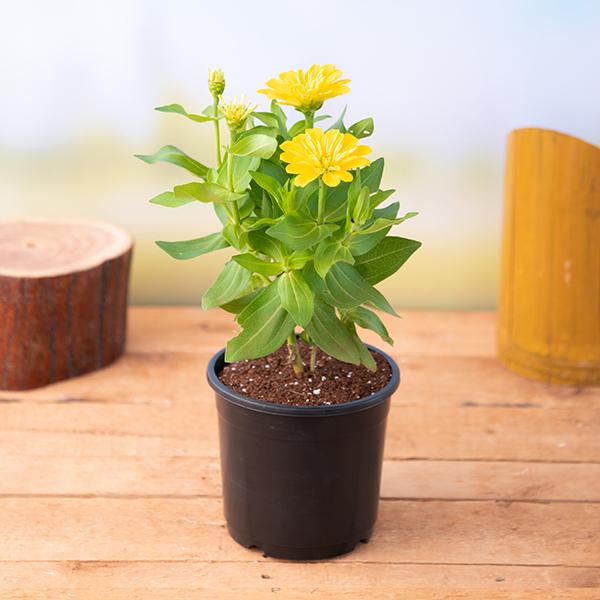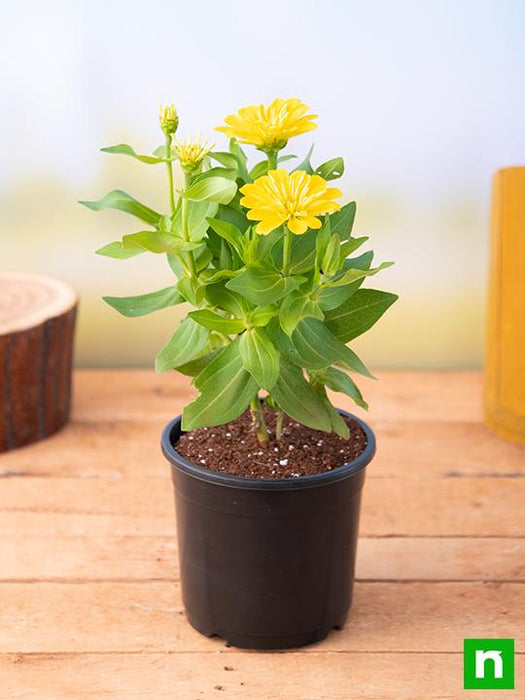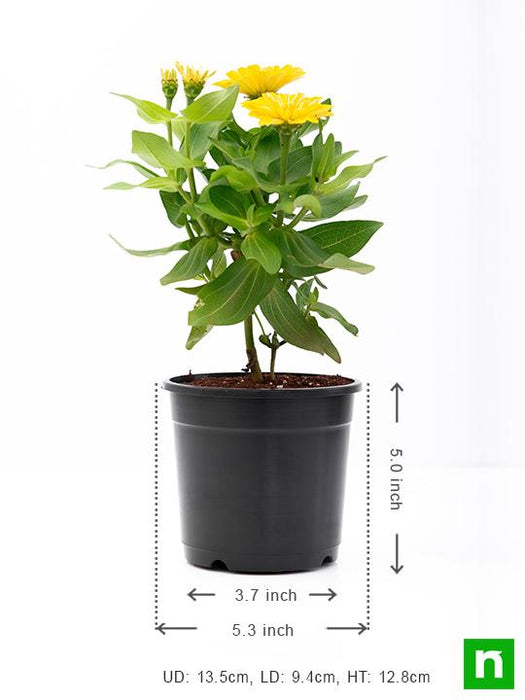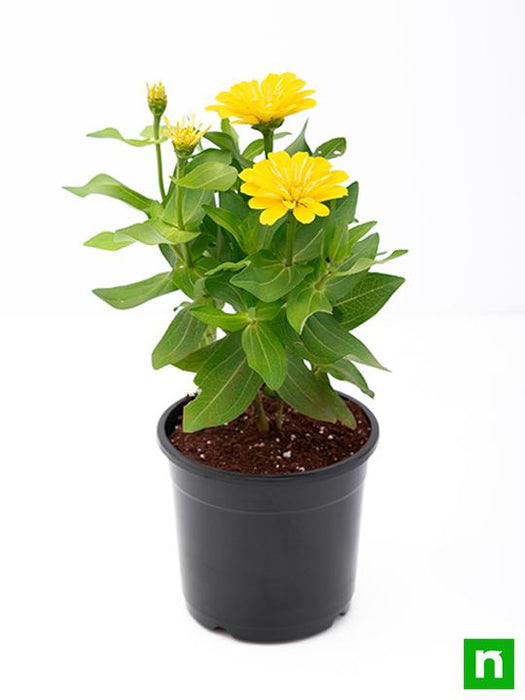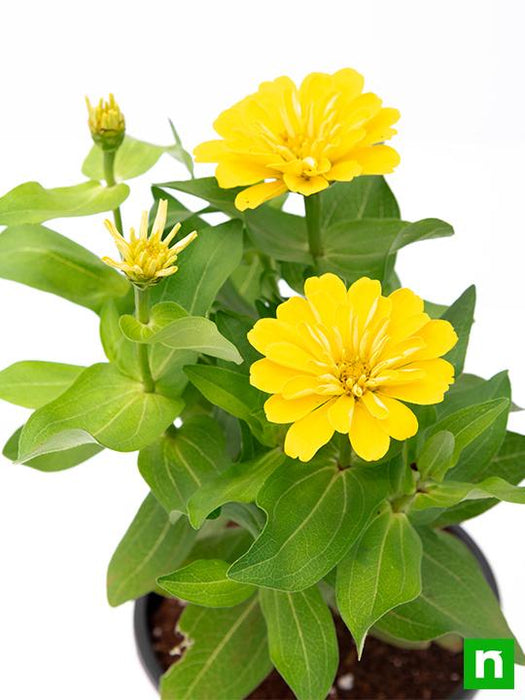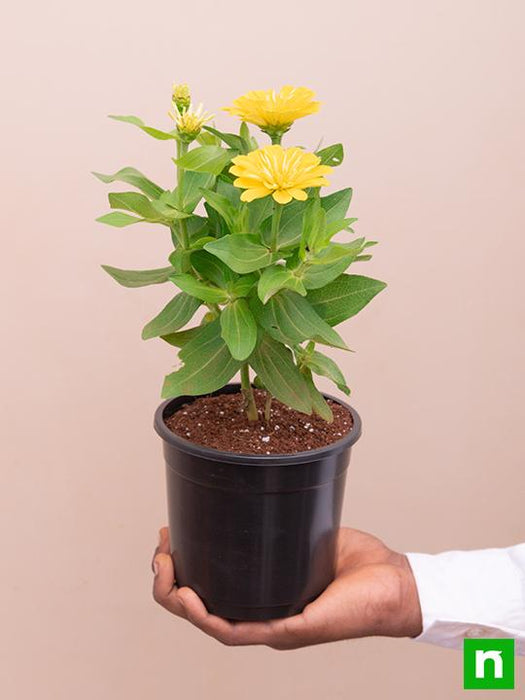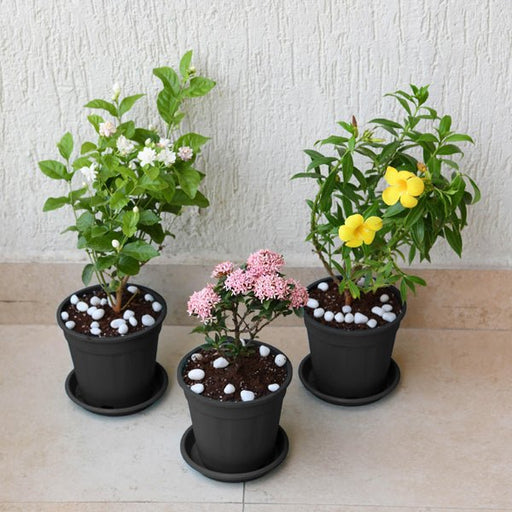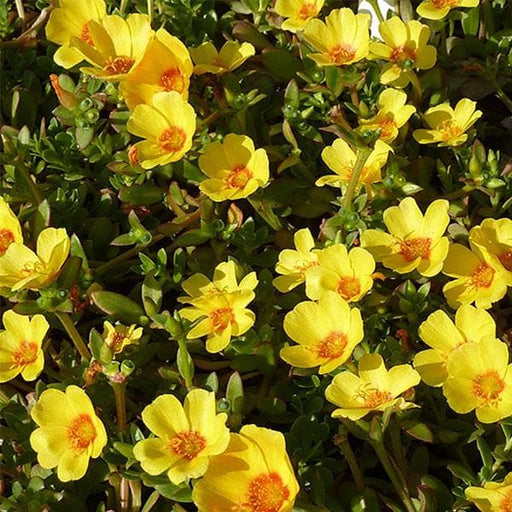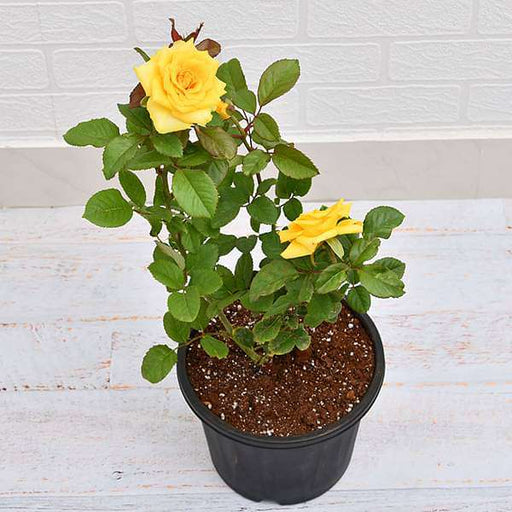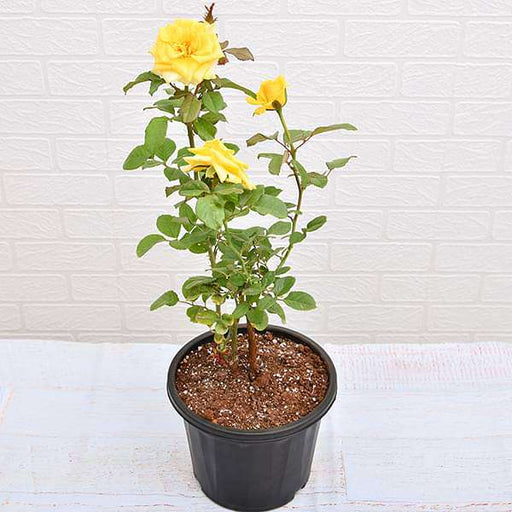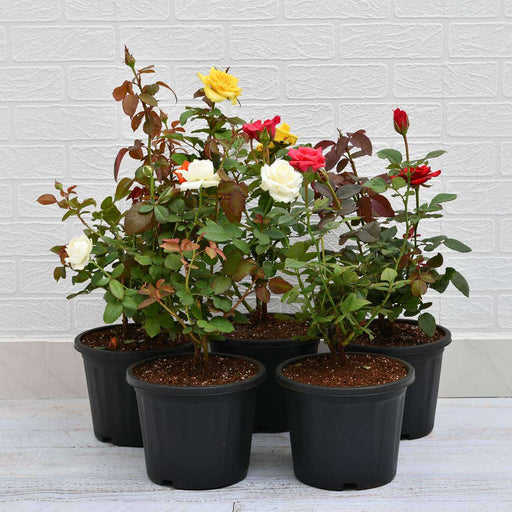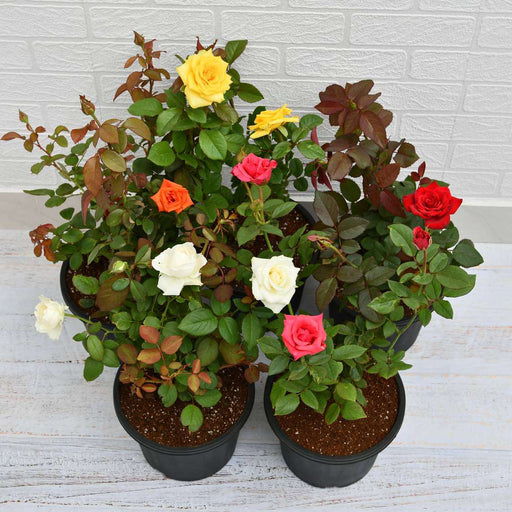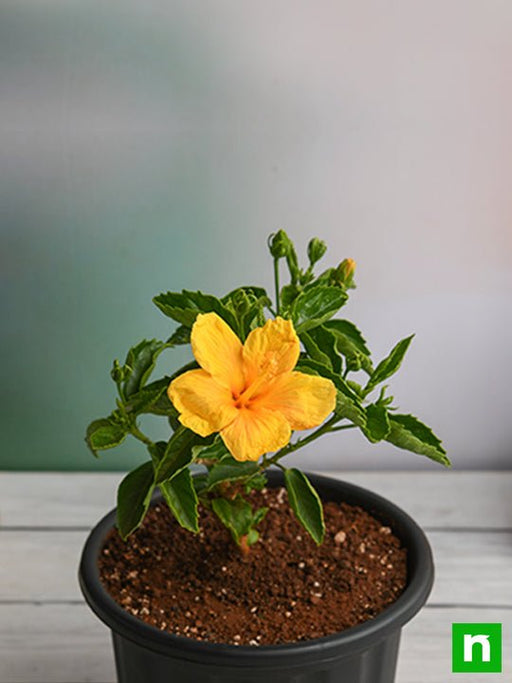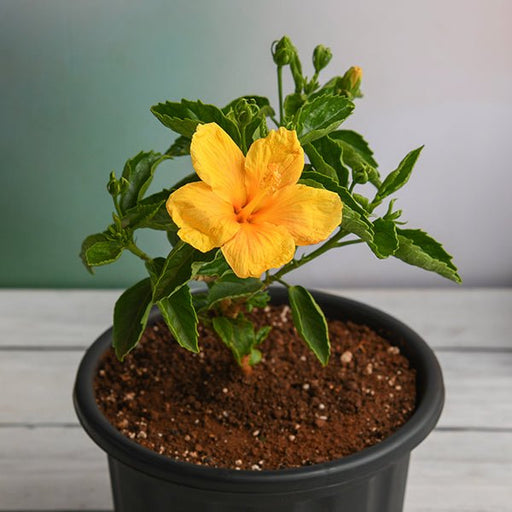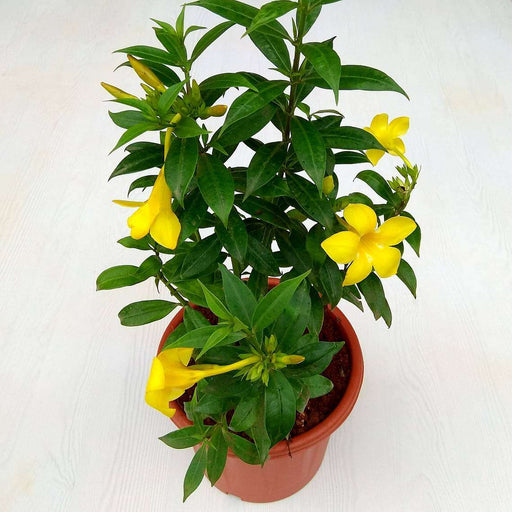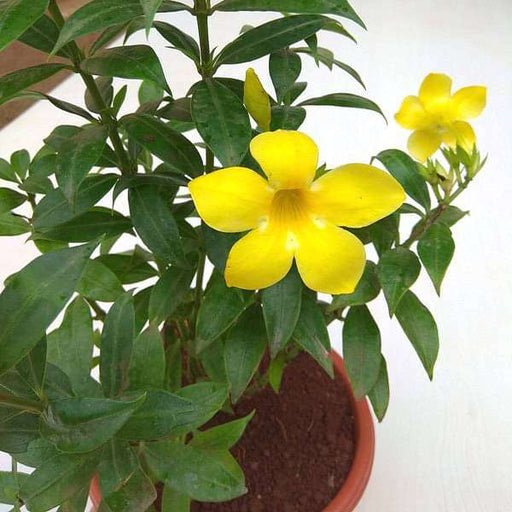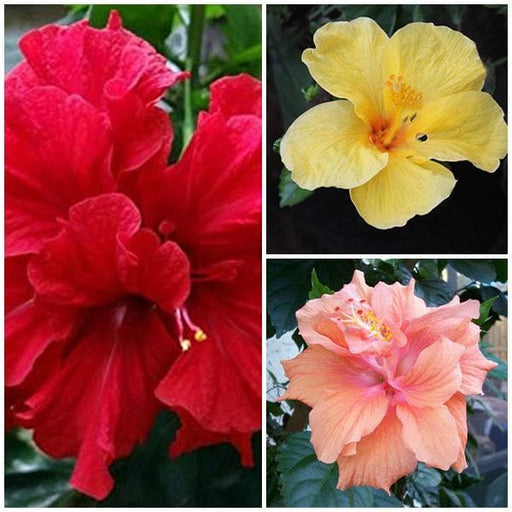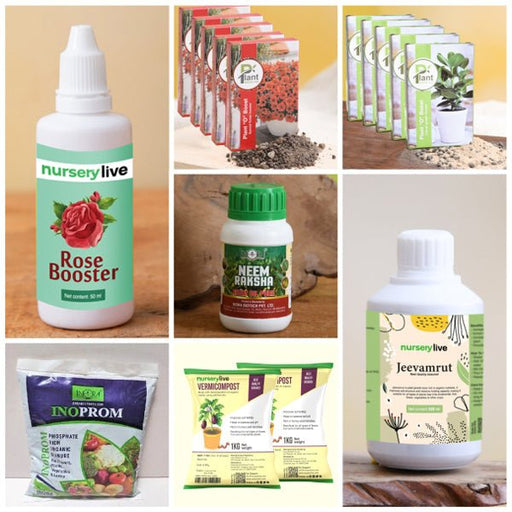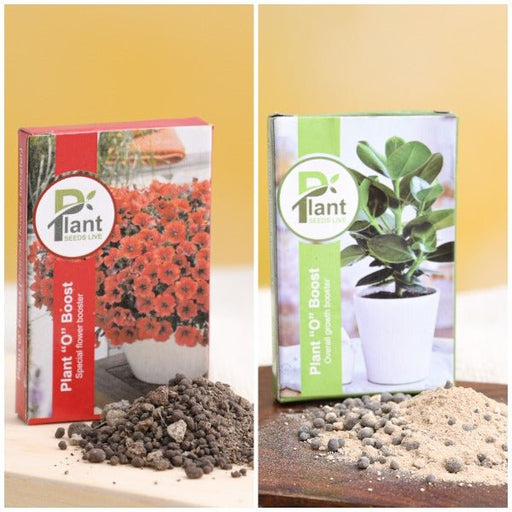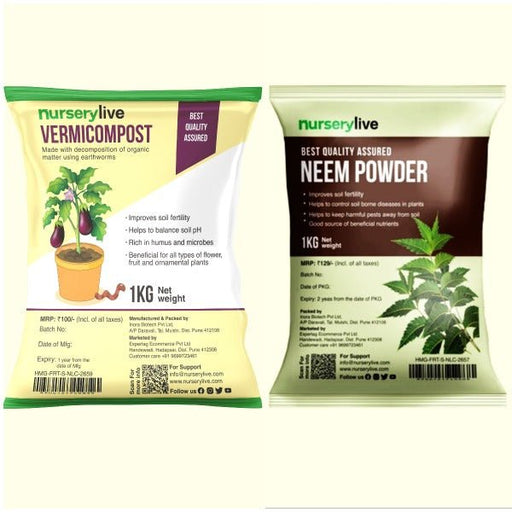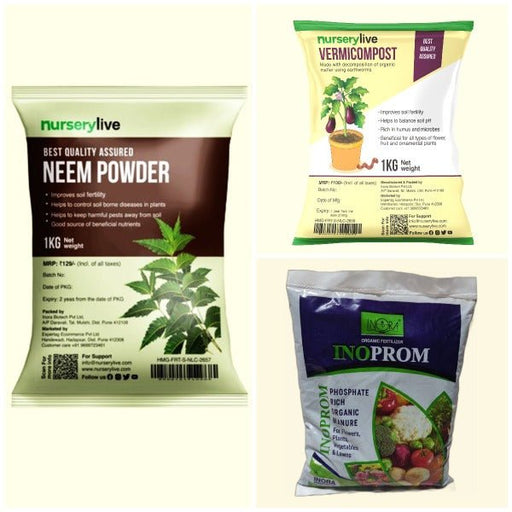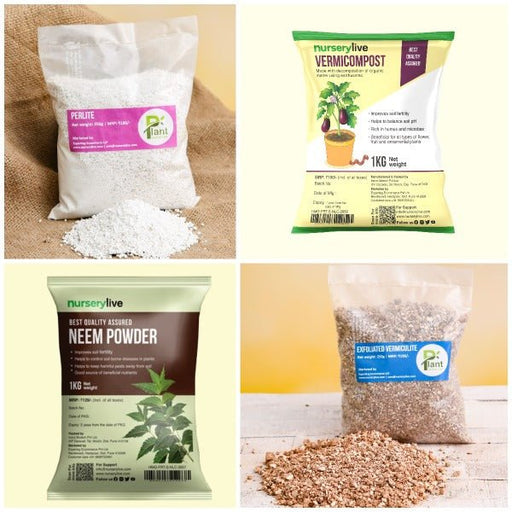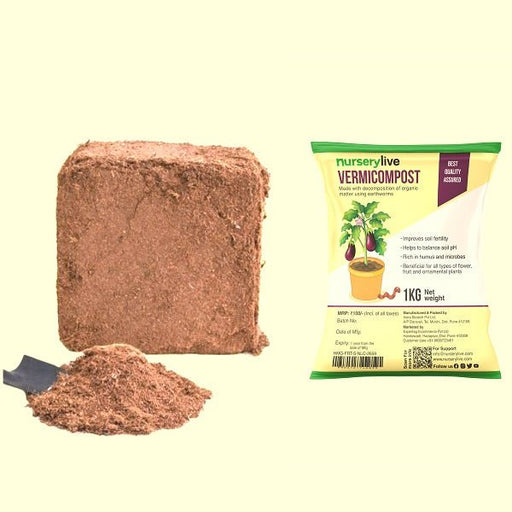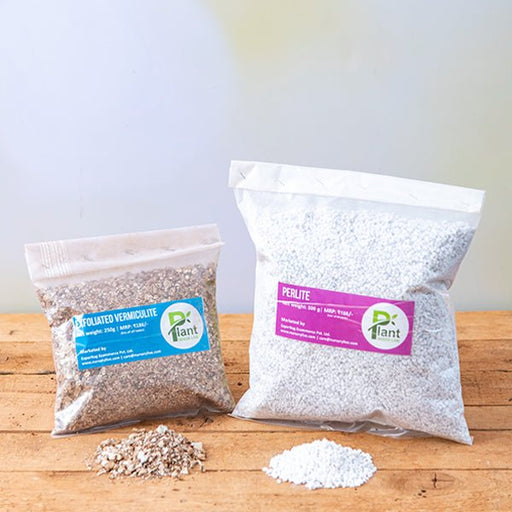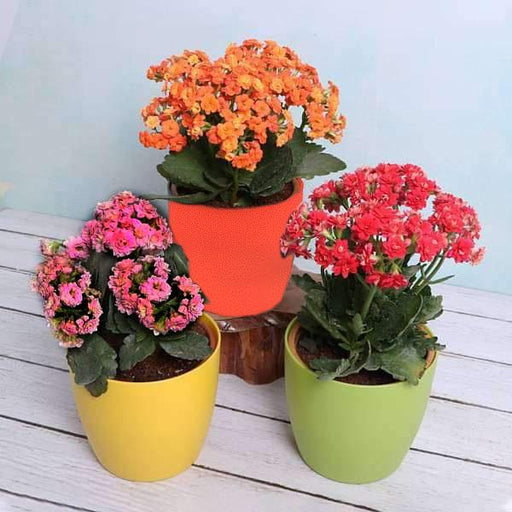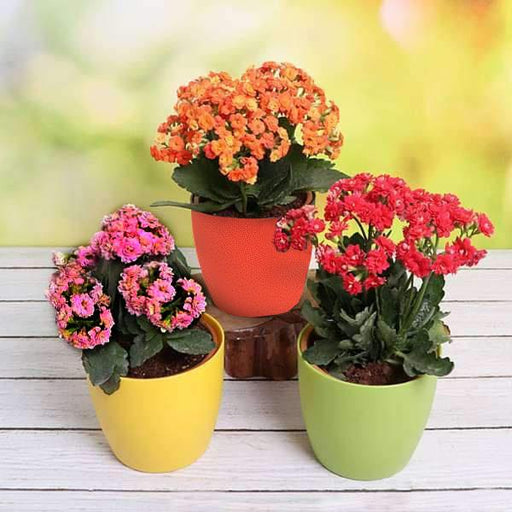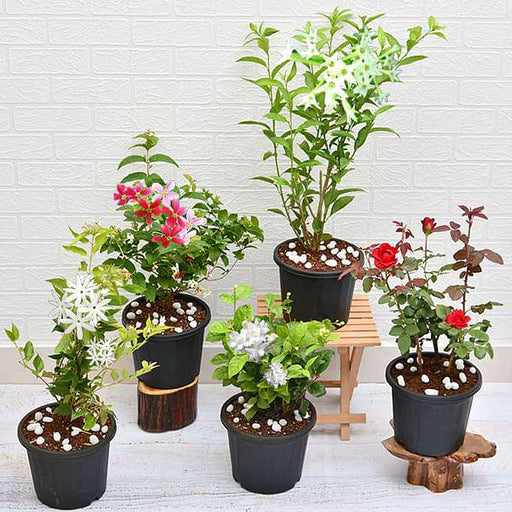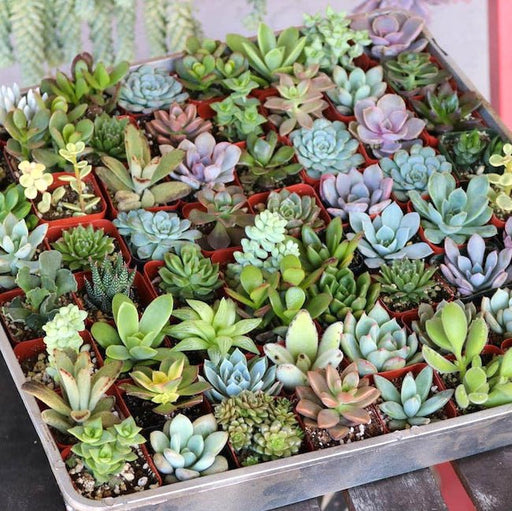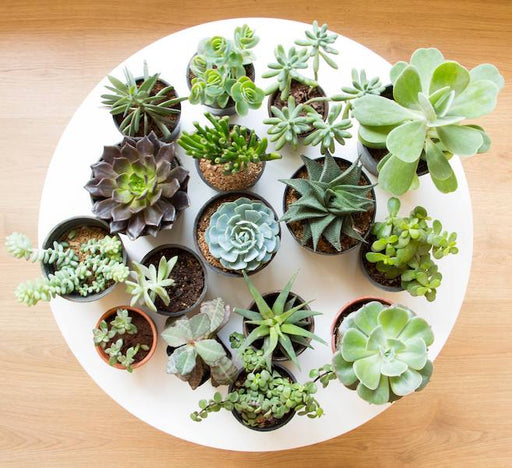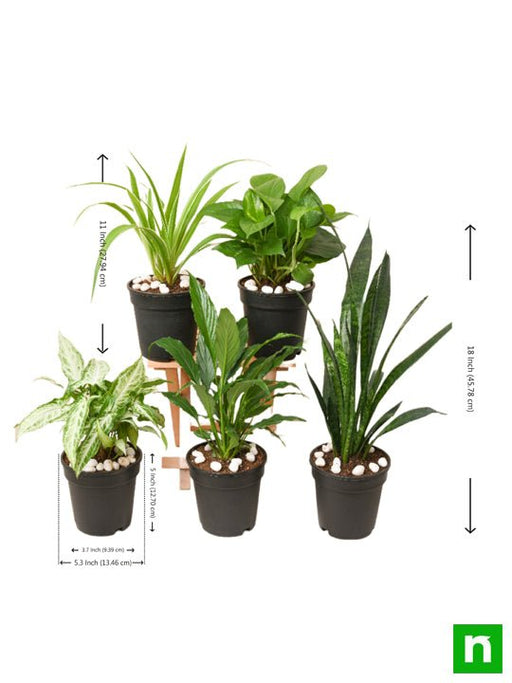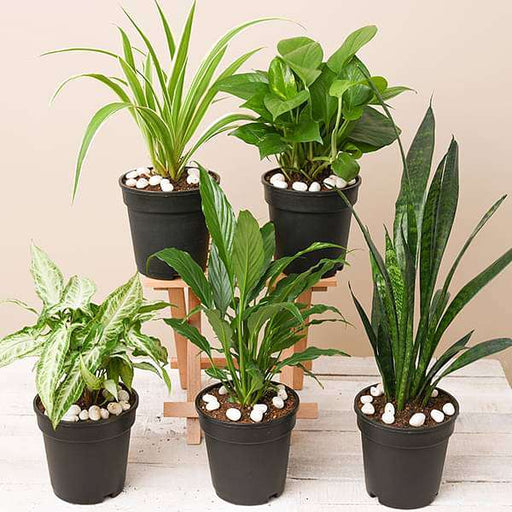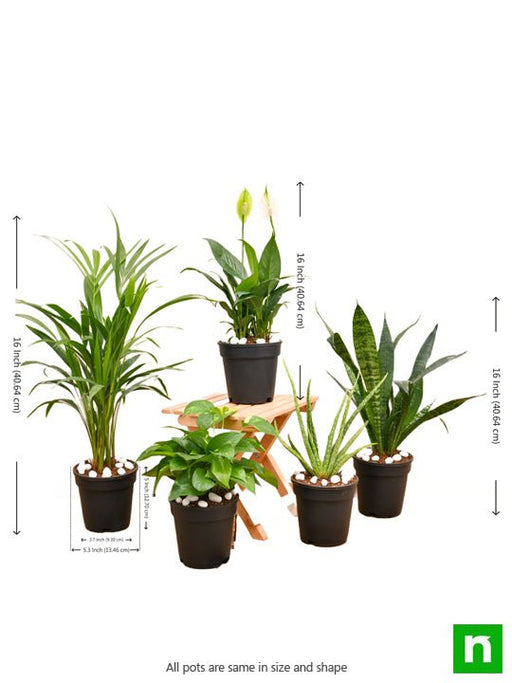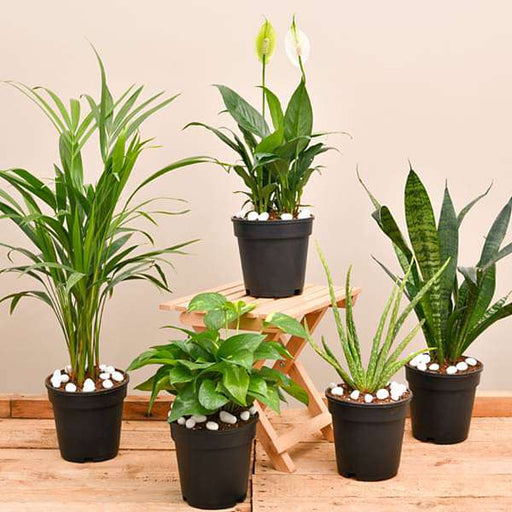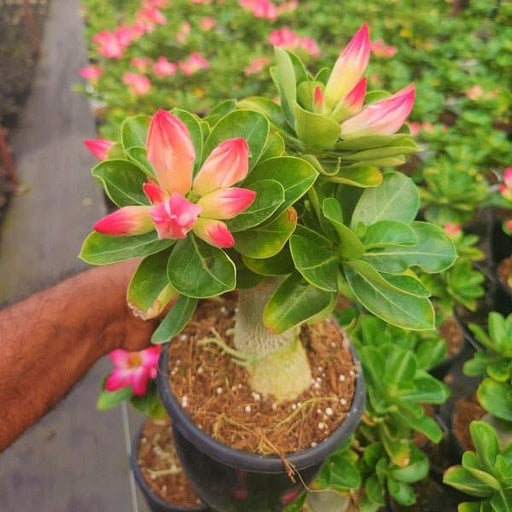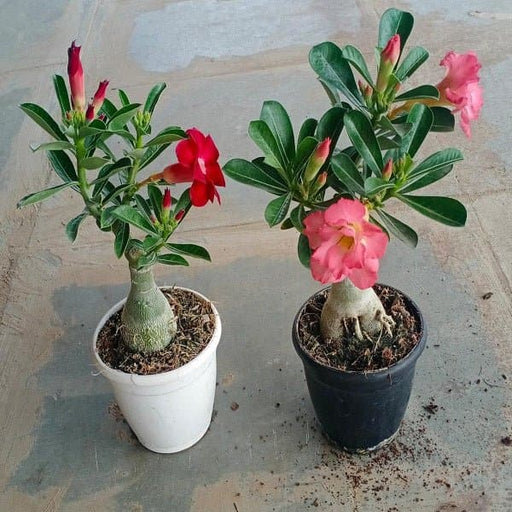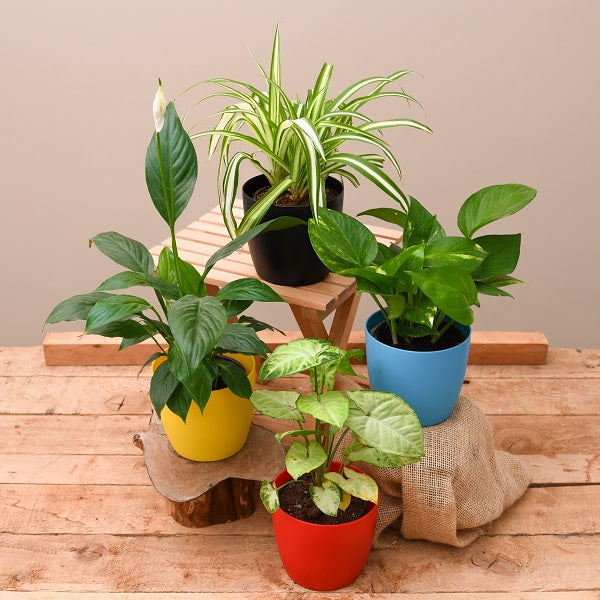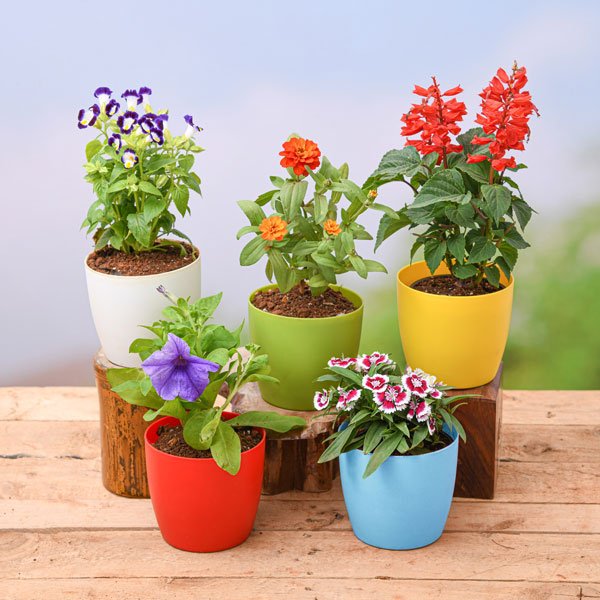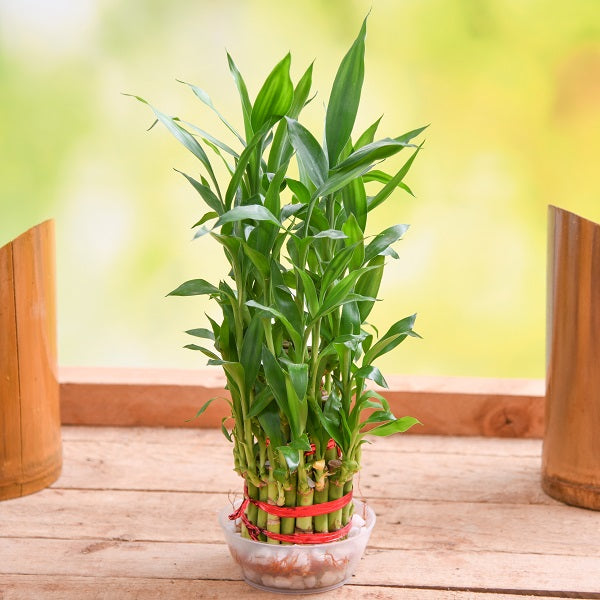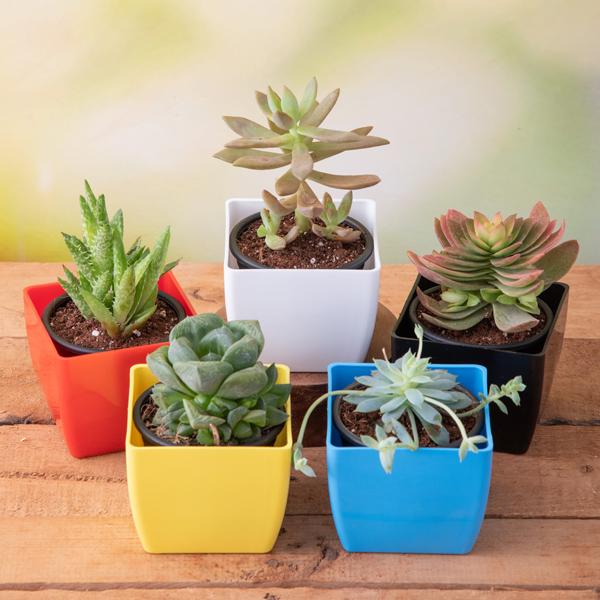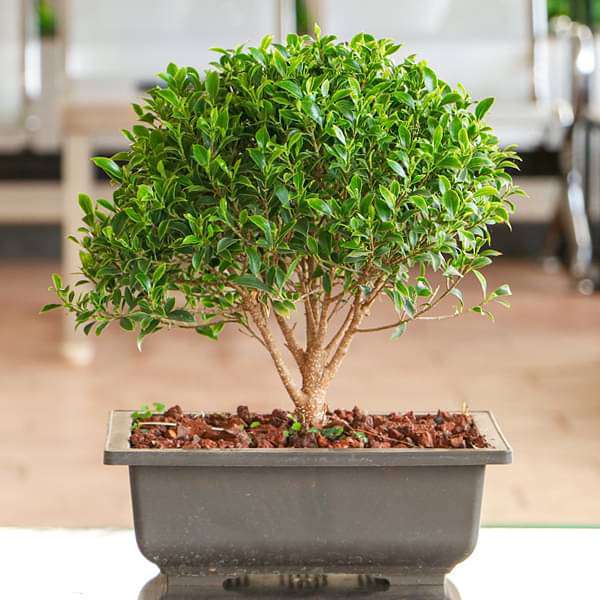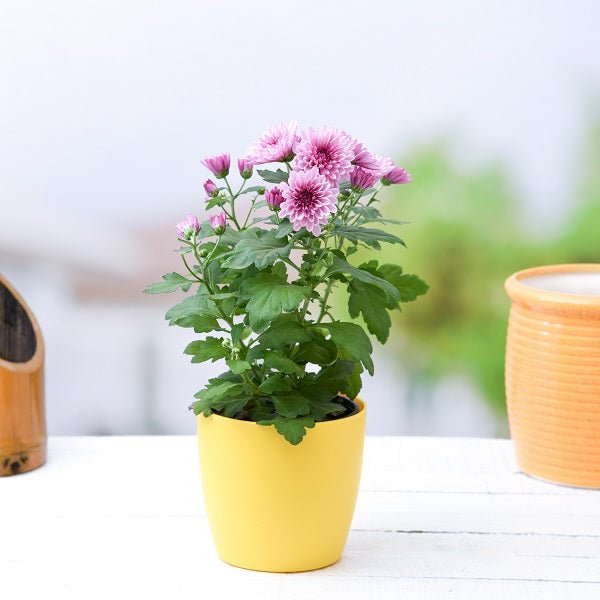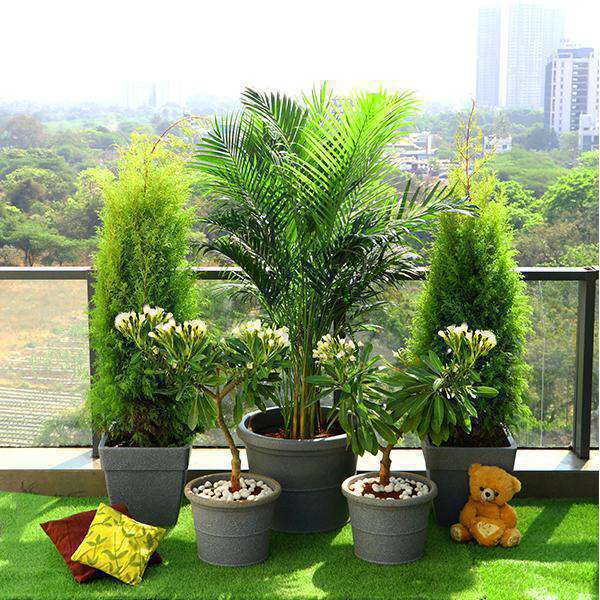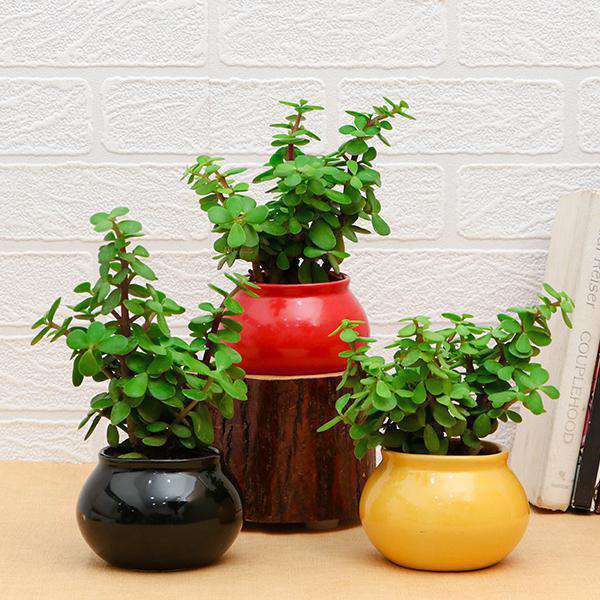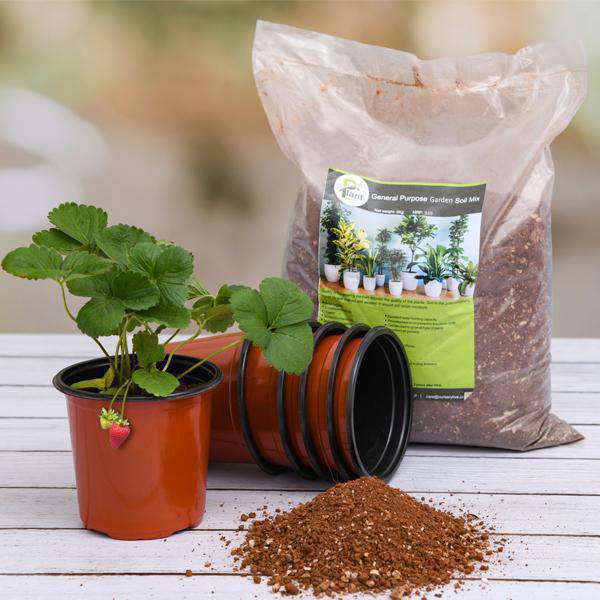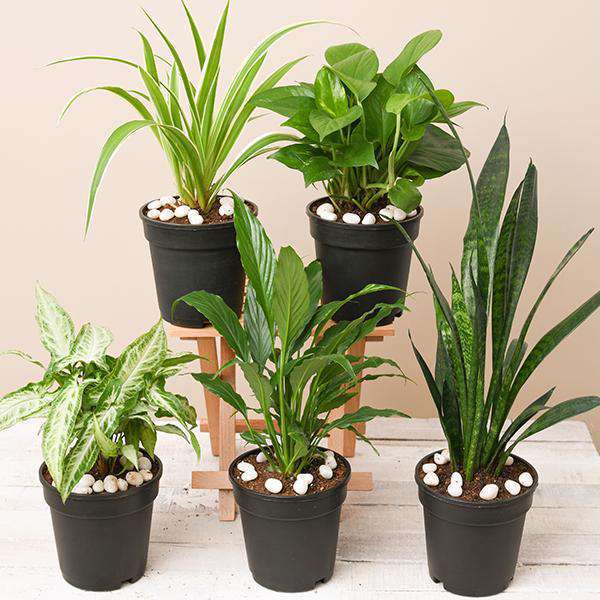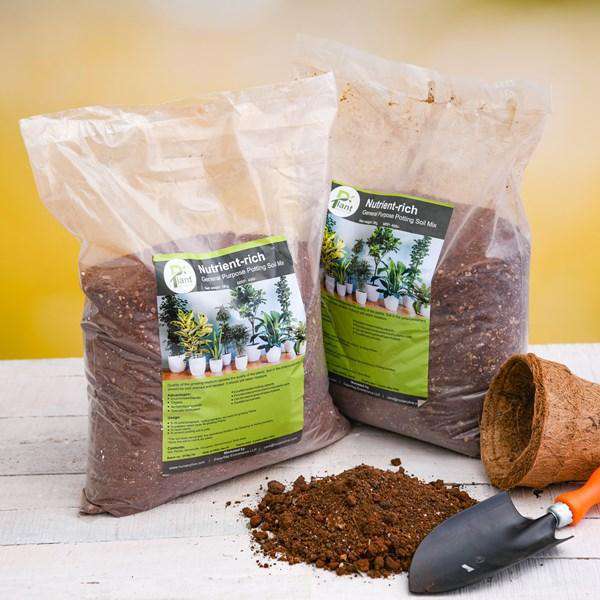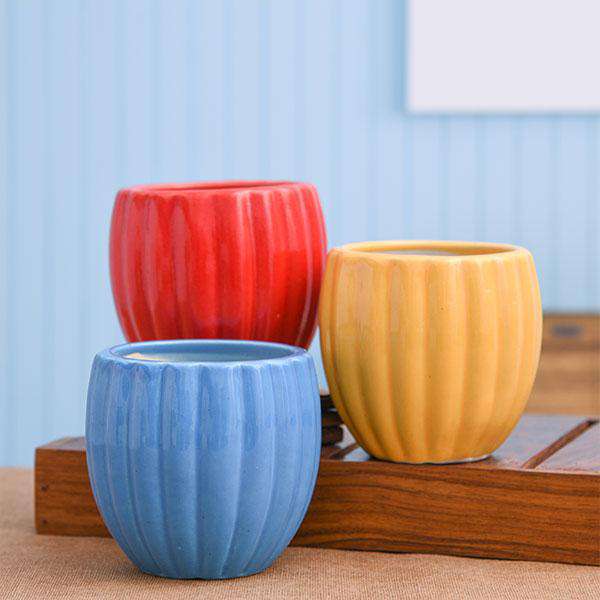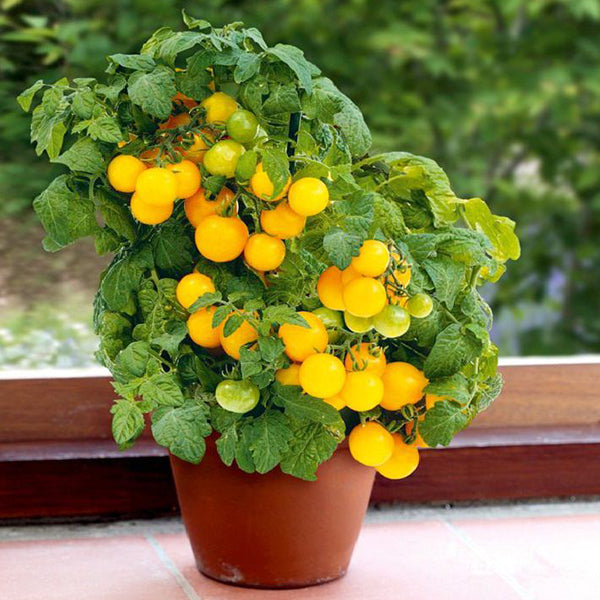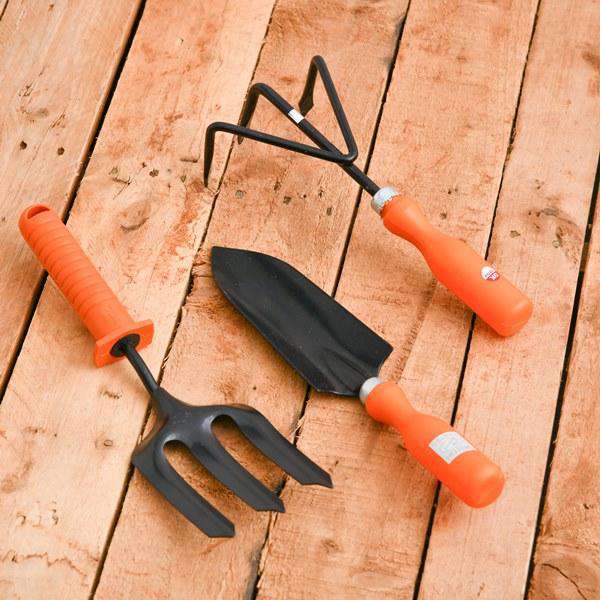Description
Zinnias bloom in a wide variety of colors with large, mixed blooms.
| Sr |
Item name |
| 1 |
Zinnia (Yellow) - Plant |
| 2 |
5 inch (13 cm) Grower Round Plastic Pot (Black) |
Zinnias have bright, solitary, daisy-like flower heads on a single, erect stem. The most common zinnia is dahlia-flowered and grows up to three feet. Other types are cactus-flowered. One of the easy to grow annual flower, Zinnias bloom from mid-summer all the way until frost.
zinnias come in an array of colors, multi-colors and hues. Zinnias come as yellow, orange, white, red, rose, pink, purple, lilac and multi-colored blooms. Zinnia varieties include both miniatures and giants that range from about a foot to over three feet tal.
Plant Specifications
*above specification are indicative only. actual dimensions may vary by +-10%
| Common Name |
The Zinnia species with small, orange flowers is Zinnia augustifolia, while the species with red, purple, or yellow petals is Zinnia peruviana. |
| Maximum Reachable Height |
18 to 24 inches. |
| Flower Colour |
Red, Pink, Orange, Yellow, Purple, White, Multicolor |
| Bloom Time |
Summer |
| Difficulty Level |
Easy. |
Planting and care
Zinnia care may also include watering in the early morning, which allows the foliage and flowers ample time to dry off before nightfall.Zinnias should be planted 12-24 apart in rich, well drained garden soil.They require full sun to bloom,but will appreciate a little afternoon shade in the hottest regions.Zinnias dislike having wet foliage, so if possible, they should be watered with a soaker hose.Once established, your Zinnia will only need watering during extended periods of drought.They should be planted where they have good air circulation to help prevent powdery mildew.Feed every 4-6 weeks with a balanced, all purpose fertilizer.Deadhead regularly to keep plants flowering until fall.Zinnia care
Zinnia leaves are opposite and usually stalkless (sessile), with a shape ranging from linear to ovate, and pale to middle green in color. The flowers have a range of appearances, from a single row of petals, to a dome shape, with the colors white, chartreuse, yellow, orange, red, purple, and lilac.
Zinnias seem especially favored by butterflies, and many gardeners add zinnias specifically to attract them.
| Sunlight |
Full sun. |
| Watering |
Keep the soil moist, but not soggy, for young plants. Mature zinnias require less watering, as grown flowers are somewhat drought tolerant. |
| Soil |
Rich, well-drained soil. |
| Temperature |
above 50 F. (10 C). |
| Fertilizer |
A 5-10-5 fertilizer in mid season will help to keep zinnia plants growing strongly. |
Zinnia uses
Ornamental Use:
- Use in an annual or mixed border
- Smaller zinnias are suitable for edging, window boxes or other containers
- The narrow-leaf zinnia also works well in hanging baskets
- Zinnias are very popular for cut flowers
